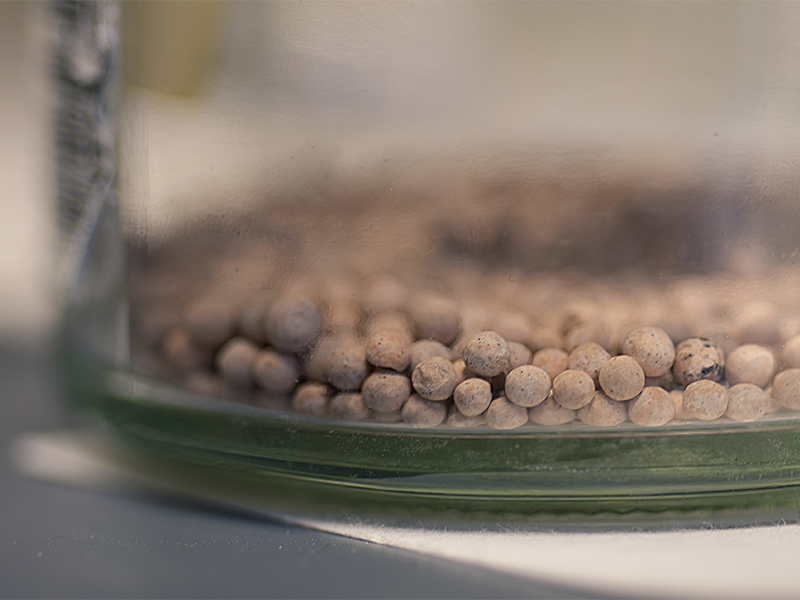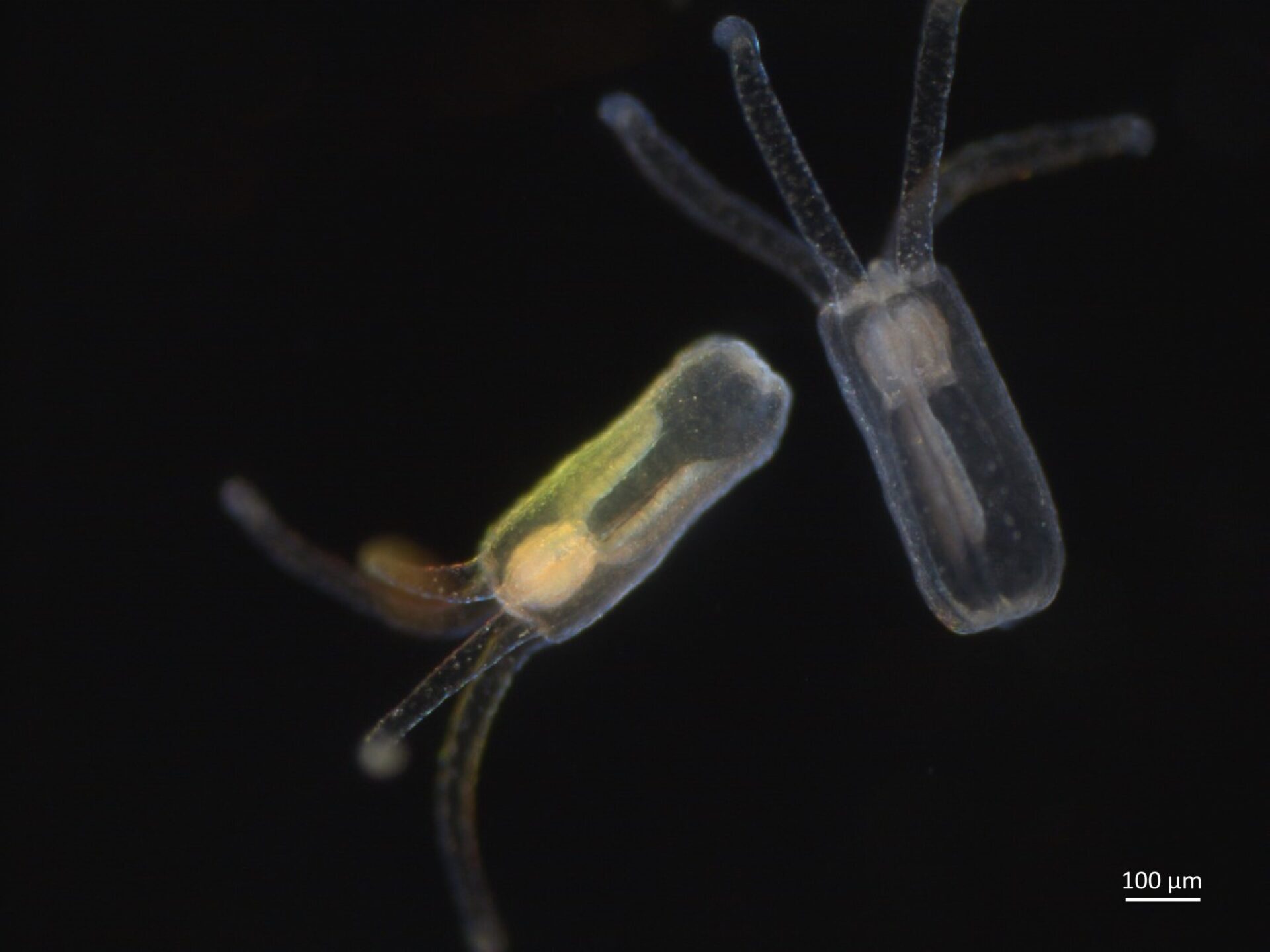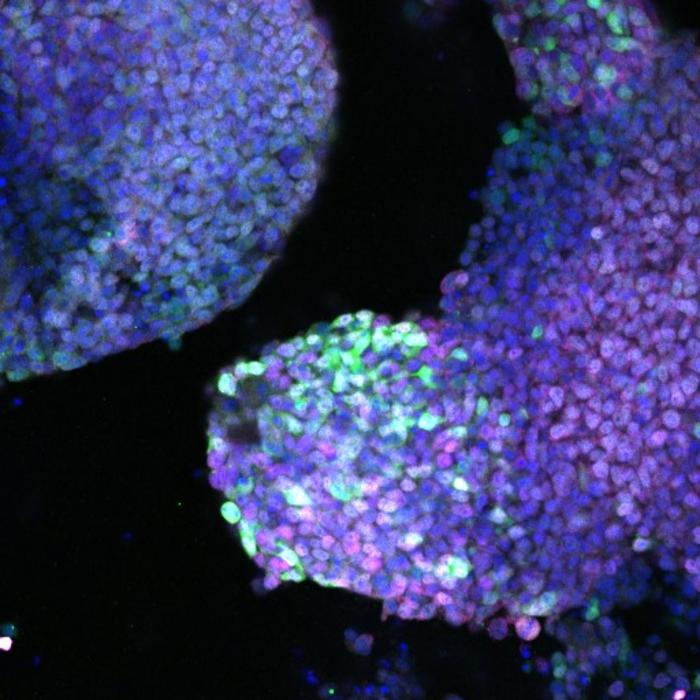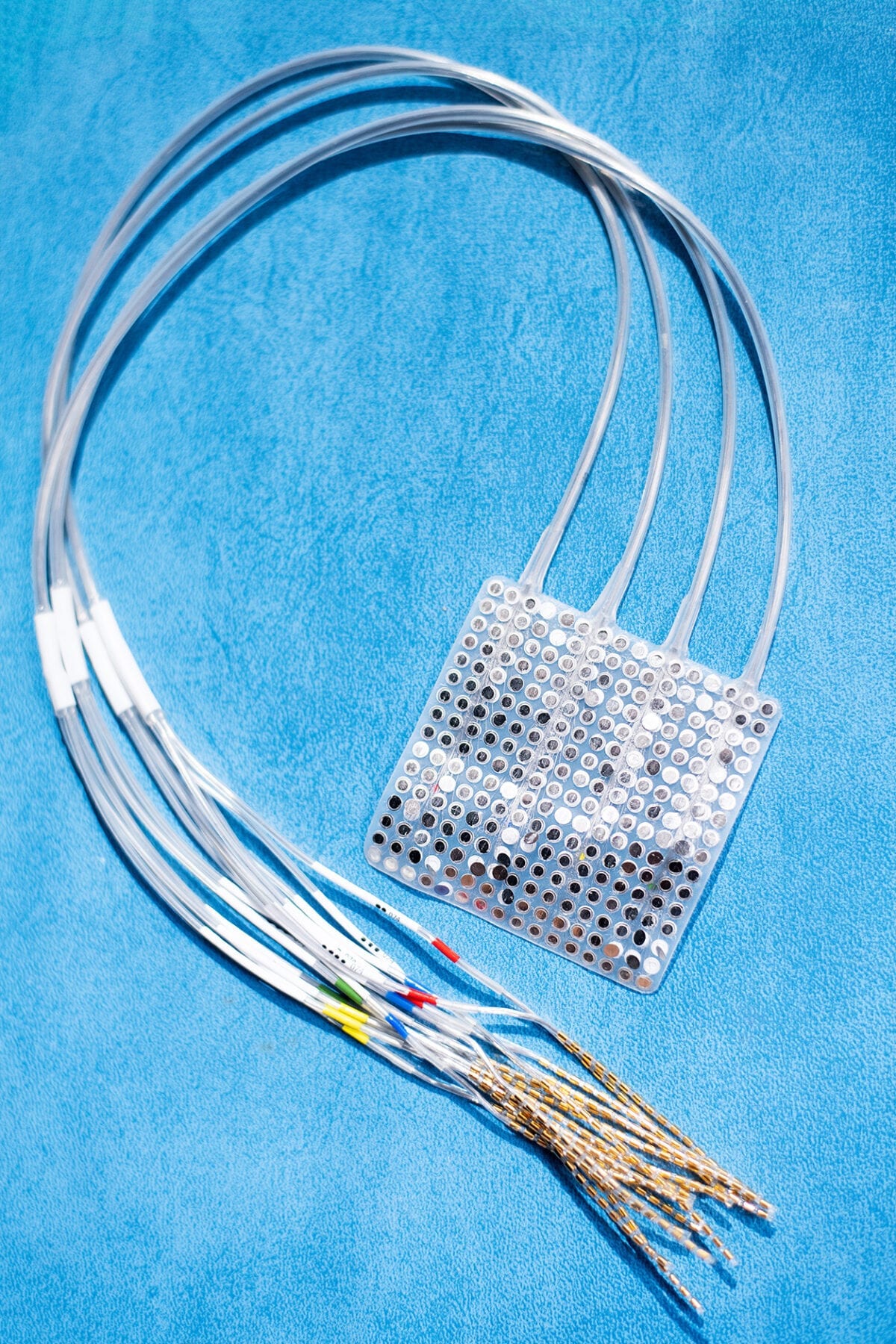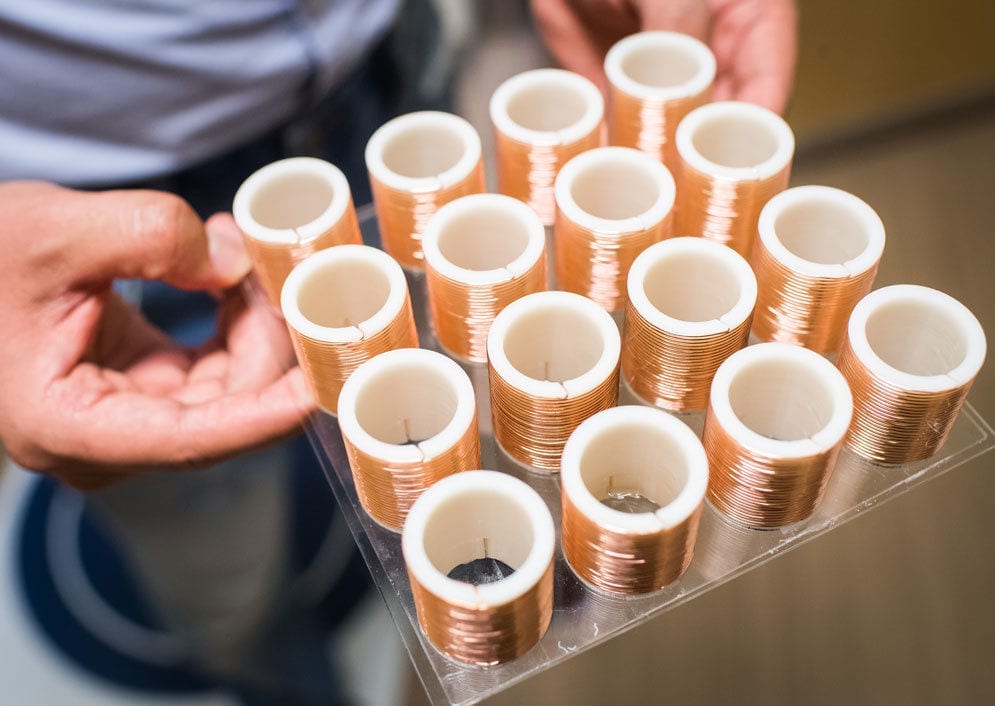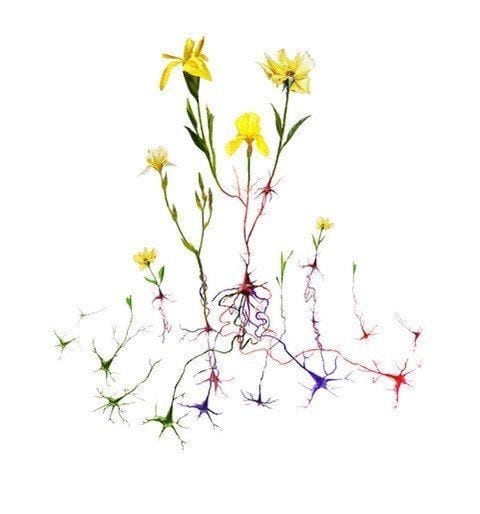
Research reveals new neural activity patterns that emerge with long-term learning
Mastering a new skill – whether a sport, an instrument, or a craft – takes time and training. While it is understood that a healthy brain is capable of learning these new skills, how the brain changes in order to develop new behaviors is a relative mystery. More precise knowledge of this underlying neural circuitry may eventually improve the quality of life for individuals who have suffered brain injury by enabling them to more easily relearn everyday tasks.
Researchers from the University of Pittsburgh and Carnegie Mellon University recently published an article in PNAS (DOI: 10.1073/pnas.1820296116) that reveals what happens in the brain as learners progress from novice to expert. They discovered that new neural activity patterns emerge with long-term learning and established a causal link between these patterns and new behavioral abilities.
The research was performed as part of the Center for the Neural Basis of Cognition, a cross-institutional research and education program that leverages the strengths of Pitt in basic and clinical neuroscience and bioengineering with those of CMU in cognitive and computational neuroscience.
The project was jointly mentored by Aaron Batista, associate professor of bioengineering at Pitt’s Swanson School of Engineering; Byron Yu, associate professor of electrical and computer engineering and biomedical engineering at CMU; and Steven Chase, associate professor of biomedical engineering and the Neuroscience Institute at CMU. The work was led by Pitt bioengineering postdoctoral associate Emily Oby.
“We used a brain-computer interface (BCI), which creates a direct connection between our subject’s neural activity and the movement of a computer cursor,” said Oby. “We recorded the activity of around 90 neural units in the arm region of the primary motor cortex of Rhesus monkeys as they performed a task that required them to move the cursor to align with targets on the monitor.”
To determine whether the monkeys would form new neural patterns as they learned, the research group encouraged the animals to attempt a new BCI skill and then compared those recordings to the pre-existing neural patterns.
“We first presented the monkey with what we call an ‘intuitive mapping’ from their neural activity to the cursor that worked with how their neurons naturally fire and which didn’t require any learning,” said Oby. “We then induced learning by introducing a skill in the form of a novel mapping that required the subject to learn what neural patterns they need to produce in order to move the cursor.”
Like learning most skills, the group’s BCI task took several sessions of practice and a bit of coaching along the way.
“We discovered that after a week, our subject was able to learn how to control the cursor,” said Batista. “This is striking because by construction, we knew from the outset that they did not have the neural activity patterns required to perform this skill. Sure enough, when we looked at the neural activity again after learning we saw that new patterns of neural activity had appeared, and these new patterns are what enabled the monkey to perform the task.”
These findings suggest that the process for humans to master a new skill might also involve the generation of new neural activity patterns.
“Though we are looking at this one specific task in animal subjects, we believe that this is perhaps how the brain learns many new things,” said Yu. “Consider learning the finger dexterity required to play a complex piece on the piano. Prior to practice, your brain might not yet be capable of generating the appropriate activity patterns to produce the desired finger movements.”
“We think that extended practice builds new synaptic connectivity that leads directly to the development of new patterns of activity that enable new abilities,” said Chase. “We think this work applies to anybody who wants to learn – whether it be a paralyzed individual learning to use a brain-computer interface or a stroke survivor who wants to regain normal motor function. If we can look directly at the brain during motor learning, we believe we can design neurofeedback strategies that facilitate the process that leads to the formation of new neural activity patterns.”
Learn more: Pitt and CMU Researchers Discover How the Brain Changes When Mastering a New Skill
The Latest on: Neural activity patterns
[google_news title=”” keyword=”neural activity patterns” num_posts=”10″ blurb_length=”0″ show_thumb=”left”]
via Google News
The Latest on: Neural activity patterns
- Baby Girls Seem To Have More Complex Brain Activity Than Boys, Finds Studyon April 25, 2024 at 10:33 pm
Therefore, the researchers hypothesised that MEG signal complexity would rise among the fetuses as gestation progressed and among the babies as they aged. However, they were surprised to find the ...
- Mapping the Neural Circuit of Social Avoidanceon April 25, 2024 at 7:51 am
Moving forward, Lin plans to continue studying this circuit to uncover other neuronal populations and brain regions that may contribute to social avoidance learning. She also wants to examine this ...
- A flexible microdisplay that can monitor brain activity in real-time during brain surgeryon April 24, 2024 at 11:00 am
Researchers have created a thin film that combines an electrode grid and LEDs that can both track and produce a visual representation of the brain's activity in real-time during surgery—a huge ...
- Bursts of beta rhythms control cognition in the brainon April 24, 2024 at 6:32 am
The brain processes information on many scales. Individual cells electrochemically transmit signals in circuits but at the large scale required to produce cognition, millions of cells act in concert, ...
- Research Highlights Importance Of Weak Social Ties In Neural Networkingon April 23, 2024 at 9:00 pm
By challenging traditional assumptions and exploring brain synchronization in diverse social contexts, this research sheds light on the complex dynamics of social interactions.
- Exploring brain synchronization patterns during social interactionson April 23, 2024 at 3:33 am
Engaging in activities, such as conversations, cooperative tasks, and intimate relationships, deeply affect brain activity leading to coordinated neural activity within an individual's brain ...
- Charting brain synchronization patterns during social interactionson April 22, 2024 at 4:59 pm
Engaging in activities, such as conversations, cooperative tasks, and intimate relationships, deeply affect brain activity leading to coordinated neural activity within an individual's brain ...
- Paper: To understand cognition--and its dysfunction--neuroscientists must learn its rhythmson April 18, 2024 at 6:11 pm
Thought emerges and is controlled in the brain via the rhythmically and spatially coordinated activity of millions of neurons, scientists argue in a new article. Understanding cognition and its ...
- Will neural implants mean AI can read our minds? Here’s what two philosophers thinkon April 17, 2024 at 3:54 pm
Is the day coming when computers can spit out accurate real-time transcripts of our thoughts for anyone to read?
- Research reveals remarkable ‘barcode’ neural activity in chickadeeson April 1, 2024 at 12:37 pm
“These are very striking patterns of activity, but they’re very brief ... might have simply made these patterns detectable in the neural data. These behavioral features include vast numbers ...
via Bing News


